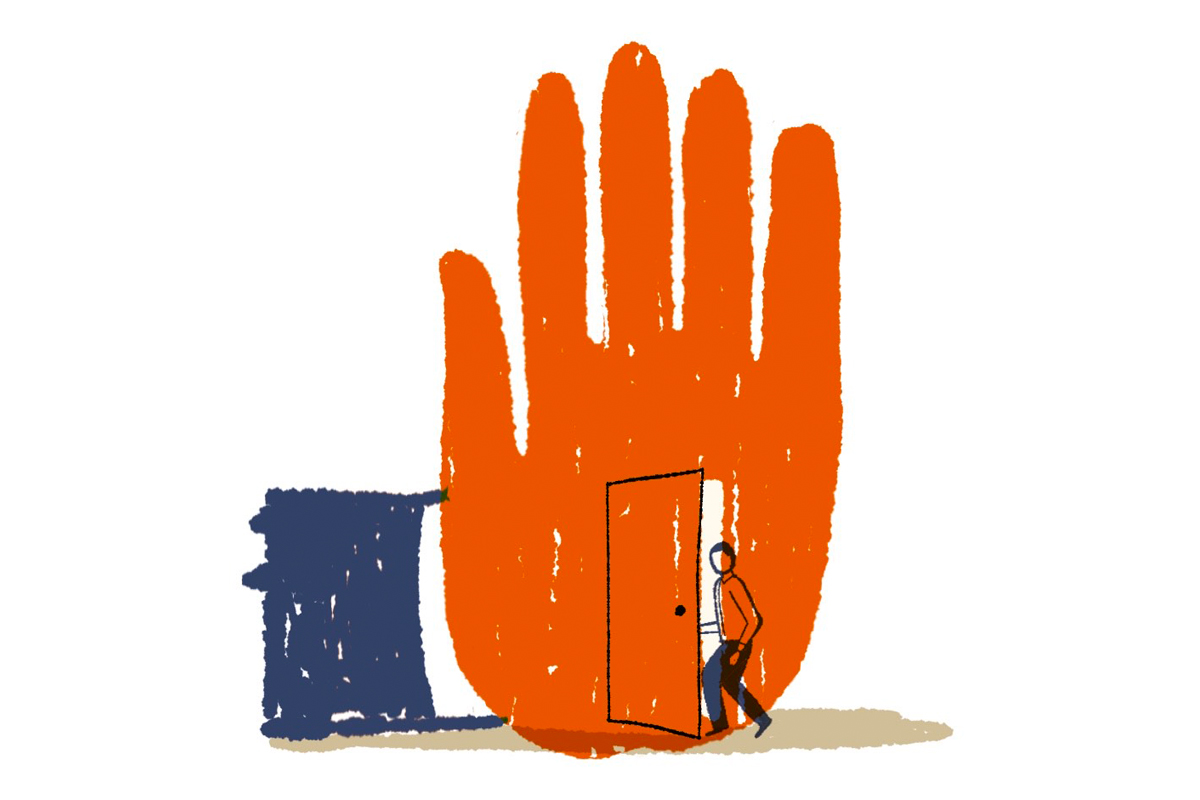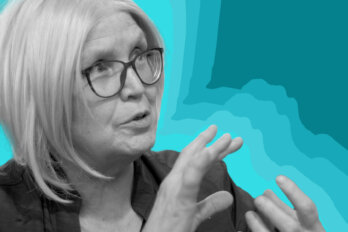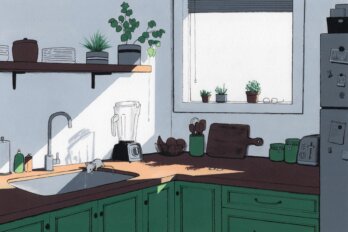
POLITICS / NOVEMBER 2024
Poilievre Will Stoke Just Enough Immigration Anxiety to Win
The Conservative leader has cleverly couched his objections to current targets in concern for struggling newcomers
BY KAMAL AL-SOLAYLEE
ILLUSTRATION BY JAMIE BENNETT
Published 7:43, Sep. 18, 2024
Of the many high-wire acts that Conservative leader Pierre Poilievre needs to perform between now and the next federal election, the immigration file provides the clearest evidence of his potential statesmanship but also, more immediately, his showmanship. He needs to adhere to one of his party’s founding principles—Canada as a “welcoming land of refuge for the world’s persecuted and afflicted”—while conjuring an image of a leader with tight control of our borders. He must maintain the Conservatives’ inroads with various immigrant communities in the same breath that he cautions against admitting more of them into the country.
Luckily for Poilievre, Prime Minister Justin Trudeau’s Liberals have handed him the gift of well-meaning but badly timed policies that are currently allowing him the rhetorical edge in the immigration debate and, based on polling figures, the lead in federal voting intentions across all age groups. In November 2023, Immigration, Refugees and Citizenship Canada released its Immigration Levels Plan for 2024–26, which would admit 1.5 million (or more) new permanent residents. This follows from 437,180 newcomers in 2022 and 471,771 in 2023. The increase in immigration levels coincided with a pandemic-induced cost-of-living crisis and put a strain on our already-challenged health services. It also exposed a housing shortage that has contributed to making homeownership more elusive while driving rents into unaffordable levels.
Poilievre’s response has been restrained and tactically brilliant and may be summed up as “It’s the numbers, stupid.” While most right-wing politicians in the West—from Rishi Sunak in Britain and Marine Le Pen in France to Donald Trump in the United States—have focused on the cultural and economic impacts of immigrants on native populations, Poilievre has, to date, avoided stoking emotional and usually racialized anxieties that accompany this conversation. Instead, he has set his sights on the temporary foreign worker programs and the influx of international students to Canadian post-secondary institutions—two groups with no voter rights or electoral prospects.
Poilievre has couched his objections to the Liberals’ targets in terms of concern for underhoused, exploited, or struggling immigrants in Canada. He even reframed the study permit debate as one about predatory colleges and universities inviting then abandoning students. In some nationalist, far-right circles, which he has also courted—remember his support for the trucker convoy in Ottawa or how he wriggled his way out of condemning white nationalists in the House of Commons by calling Trudeau a wacko?—this approach doesn’t go far enough. Poilievre may take issue with the high levels but is yet to make public his own proposed immigration targets. How many is too many?
All of this seems to be in line with Poilievre’s “blame Trudeau for everything that is ‘broken’ in Canada without offering clear solutions for how exactly to fix it” strategy. When it comes to immigration, I believe the existential stakes for Canada are higher than, say, discussions of the capital gains tax or law and order. The coming election is likely to take place against a backdrop of changing attitudes among Canadians to immigration, aligning them closer to views south of the border and in western Europe. History has shown that tolerance for immigrants and refugees dips at moments of economic scarcity or competition for resources. We are at or are fast approaching this historical juncture in Canada.
A 2023 poll from Abacus Data suggests that over two-thirds of Canadians favour a reduction in newcomer targets, breaking what has traditionally been seen as a “consensus” on the economic advantages of immigration. Recent research suggests that economic concerns are the tip of the iceberg and that, beneath the surface, “Canadians’ opinions on immigration are deeply influenced by aspects like religion, ethnicity, personal and familial immigration history, and political leanings.” So it’s not just how many are coming in but where they’re coming from, what skin shades they have, and what gods they worship—basically, how “different” they seem.
We last saw this scenario play out in the Conservative Party’s 2015 federal election campaign, which opened the door for the divisive politics of “old stock” Canadians and the “barbaric cultural practices” hotline. Poilievre was a member of the Stephen Harper government that proposed what was essentially an anti-Muslim snitch line. As prime minister in waiting, he has chosen to steer clear of similar political landmines.
It’s possible that any reduction in immigration levels under Poilievre’s leadership will be small and symbolic. Like many politicians, he understands that Canada’s economy is powered by the labour—cheap labour, I would argue—of largely racialized immigrants from the Global South. According to a 2022 report from the think tank Cardus, immigrants make up a sizable contingent of Canada’s 6.5 million strong working class. Definitions of that group are shifting from male and white to female and racialized, and from industry-focused to service and sales-based occupations.
From time to time, Poilievre may feel the need to score emotional engagement from his base and shore up support from more traditional religious communities by focusing on other cultural issues—trans rights or parental control of children’s education, for example. His chances of winning the next election will depend on stirring just enough immigration anxieties without turning them into anti-immigrant sentiments.



